W.K. Stratton - The Wild Bunch: Sam Peckinpah, a Revolution in Hollywood, and the Making of a Legendary Film
Here you can read online W.K. Stratton - The Wild Bunch: Sam Peckinpah, a Revolution in Hollywood, and the Making of a Legendary Film full text of the book (entire story) in english for free. Download pdf and epub, get meaning, cover and reviews about this ebook. year: 2019, publisher: Bloomsbury Publishing, genre: Non-fiction. Description of the work, (preface) as well as reviews are available. Best literature library LitArk.com created for fans of good reading and offers a wide selection of genres:
Romance novel
Science fiction
Adventure
Detective
Science
History
Home and family
Prose
Art
Politics
Computer
Non-fiction
Religion
Business
Children
Humor
Choose a favorite category and find really read worthwhile books. Enjoy immersion in the world of imagination, feel the emotions of the characters or learn something new for yourself, make an fascinating discovery.

- Book:The Wild Bunch: Sam Peckinpah, a Revolution in Hollywood, and the Making of a Legendary Film
- Author:
- Publisher:Bloomsbury Publishing
- Genre:
- Year:2019
- Rating:3 / 5
- Favourites:Add to favourites
- Your mark:
The Wild Bunch: Sam Peckinpah, a Revolution in Hollywood, and the Making of a Legendary Film: summary, description and annotation
We offer to read an annotation, description, summary or preface (depends on what the author of the book "The Wild Bunch: Sam Peckinpah, a Revolution in Hollywood, and the Making of a Legendary Film" wrote himself). If you haven't found the necessary information about the book — write in the comments, we will try to find it.
Sam Peckinpahs filmThe Wild Bunch,named one of the greatest films of all time by the American Film Institute, is the story of a gang of outlaws who are one big steal from retirement. When their attempted train robbery goes awry, the gang flees to Mexico and falls in with a brutal general of the Mexican Revolution, who offers them the job of a lifetime. Conceived by a stuntman, directed by a blacklisted director, and shot in the sand and heat of the Mexican desert, the movie seemed doomed. Instead, it became an instant classic with a dark, violent take on the Western movie tradition.
InThe Wild Bunch, W.K. Stratton tells the fascinating history of the making of the movie and documents for the first time the extraordinary contribution of Mexican and Mexican-American actors and crew members to the movies success. Shaped by infamous director Sam Peckinpah, and starring such visionary actors as William Holden, Ernest Borgnine, Edmond OBrien, and Robert Ryan, the movie was also the product of an industry and a nation in transition. By 1968, when the movie was filmed, the studio system that had perpetuated the myth of the valiant cowboy in movies likeThe Searchershad collapsed, and America was riled by Vietnam, race riots, and assassinations.The Wild Bunchspoke to America in its moment, when war and senseless violence seemed to define both domestic and international life.
The Wild Bunchis an authoritative history of the making of a movie and the era behind it.
W.K. Stratton: author's other books
Who wrote The Wild Bunch: Sam Peckinpah, a Revolution in Hollywood, and the Making of a Legendary Film? Find out the surname, the name of the author of the book and a list of all author's works by series.

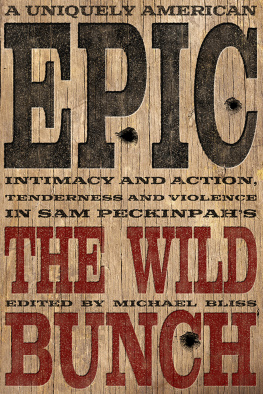
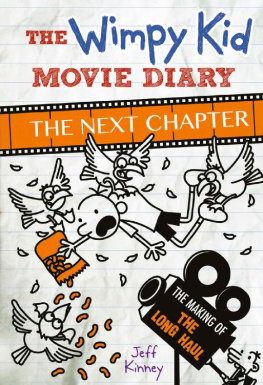
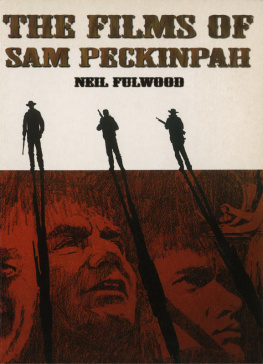
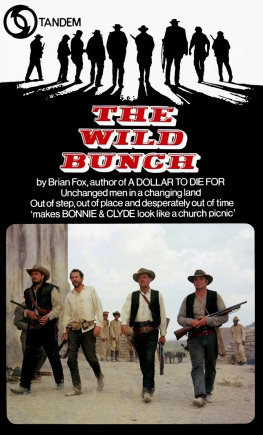
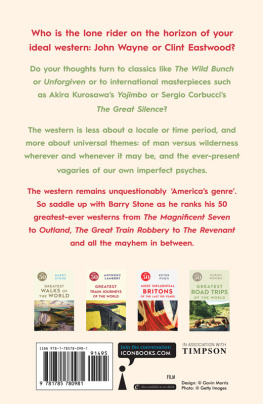
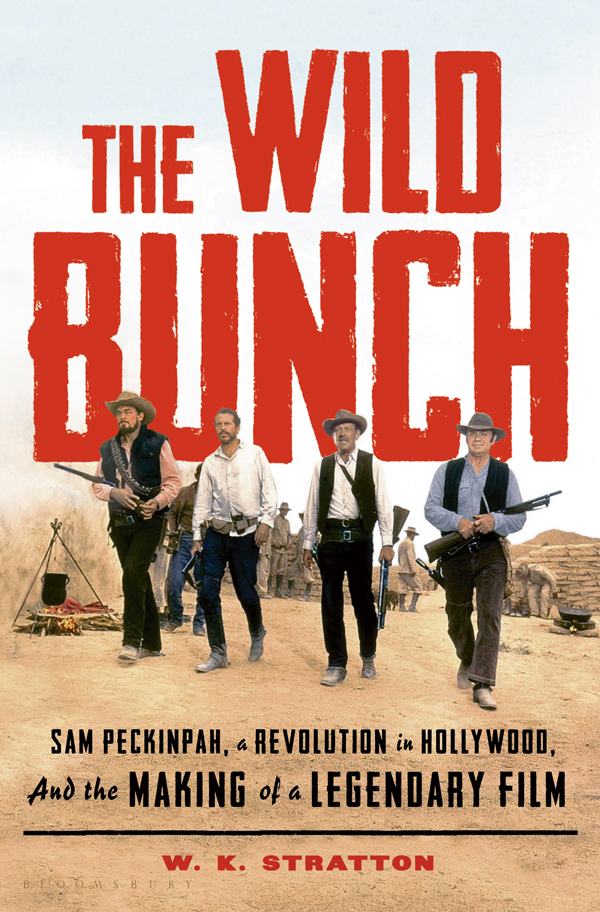


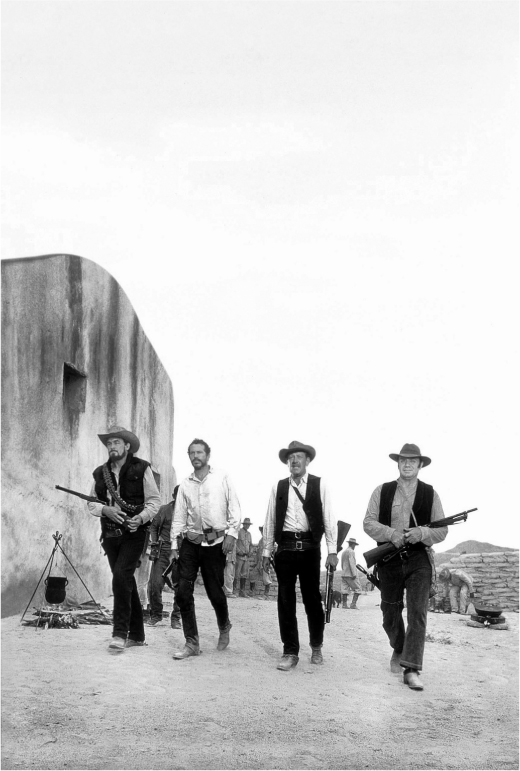
_002.jpg)
 ng Ngi Province village of Sn M on March 16, 1968. American soldiers of the Twenty-Third Infantry Division believed two hamlets harbored Viet Cong fighters in retreat after the Tet Offensive of two months earlier. The commander of the company sent in to root out Viet Cong told his men that all villagers who had not departed for the market by seven A.M . were likely Viet Cong or VC sympathizers and should be killed. Heeding orders to destroy anything walking, crawling, or growing, Charlie Company soldiers slaughtered men, women, children, and infants that morning. Some women were gang-raped before they were shot. Bodies were mutilated. All told, between 350 and 500 Vietnamese died in what became known in the United States as the M Lai Massacre. Meanwhile, in a Mexican town thousands of miles from Sn M, Sam Peckinpah was shooting a film that would confront the violence in the human soul to a degree unlike any movie before it while also dealing with many other weighty matters.
ng Ngi Province village of Sn M on March 16, 1968. American soldiers of the Twenty-Third Infantry Division believed two hamlets harbored Viet Cong fighters in retreat after the Tet Offensive of two months earlier. The commander of the company sent in to root out Viet Cong told his men that all villagers who had not departed for the market by seven A.M . were likely Viet Cong or VC sympathizers and should be killed. Heeding orders to destroy anything walking, crawling, or growing, Charlie Company soldiers slaughtered men, women, children, and infants that morning. Some women were gang-raped before they were shot. Bodies were mutilated. All told, between 350 and 500 Vietnamese died in what became known in the United States as the M Lai Massacre. Meanwhile, in a Mexican town thousands of miles from Sn M, Sam Peckinpah was shooting a film that would confront the violence in the human soul to a degree unlike any movie before it while also dealing with many other weighty matters.